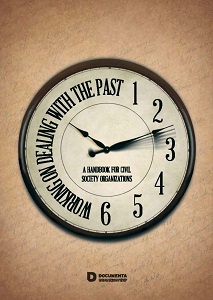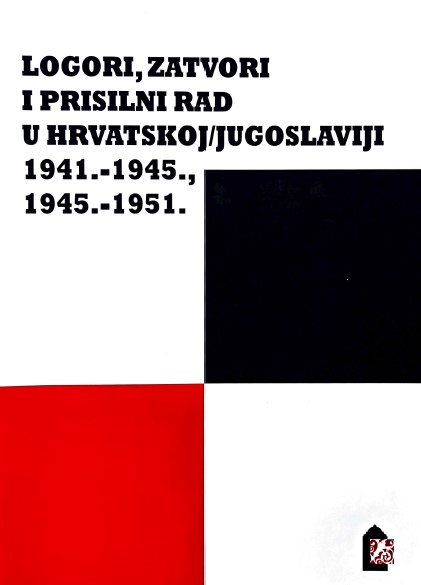
Komunizam i represija : Sud narodne časti u Bosni i Hercegovini
On the day of Sarajevo’s liberation, the new government established a court to prosecute crimes and offenses committed against Serbs, Muslims, and Croats in the Federation of Bosnia and Herzegovina. On May 26, 1945, a law was passed on the court’s organizational structure and proceedings. The court functioned until the middle of August 1945, at which point the President of the People’s Assembly of Bosnia and Herzegovina closed it. Although the court was short-lived, its revolutionary character had a significant effect on society by removing real and alleged “enemies of the people.” As a political ploy, the court publicly targeted certain bourgeoisie groups and Catholic clergy. The sentences it handed down reflected its political mission. It punished political rivals by removing their civil rights, thus eliminating competition at elections. It used sentences of forced labor to isolate and remove individuals from the community and strategically confiscated property and disinherited people to increase the state’s assets. This theme is just now being addressed, sixty years after the court’s existence.
More...










